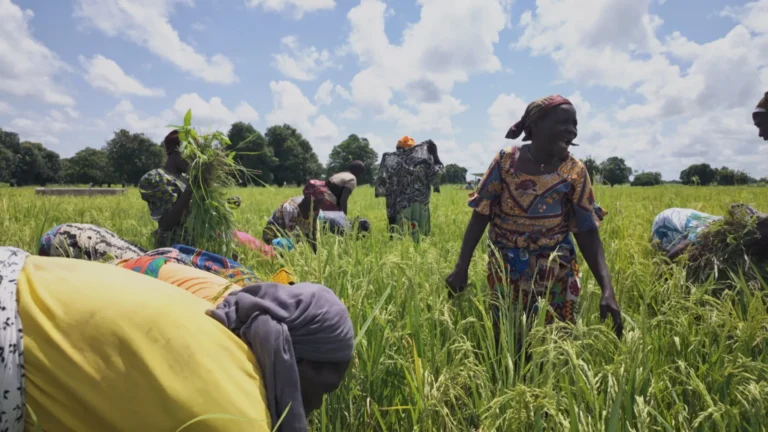
For over half a century, Pierre Didy Tchakounté has stood as the unshaken pillar of mangambeu, a deeply rooted traditional rhythm from Cameroon’s Ndé region.
In an era where musical genres shift rapidly with global influence, this once-niche cultural treasure continues to resonate—thanks in large part to Tchakounté’s tireless dedication.
Originally popularised in the 1950s, mangambeu blends ancestral sounds with evocative storytelling, drawing its strength from a potent mix of xylophone beats and smooth saxophone melodies.
Its resonance has never waned, largely due to the careful preservation and innovation brought by its most passionate ambassador.
“Mangambeu draws its fans from the authenticity of its roots,” explained a specialist in traditional Cameroonian music, underlining the genre’s spiritual and cultural grounding.
Tchakounté, whose journey with mangambeu began in the 1970s, has skillfully walked the line between tradition and innovation. By crafting hits like “Pa Te Ve le” and “Sorti Pa,” he has infused modernity into the genre without compromising its core identity.
His work ensures mangambeu remains vibrant and relevant to younger audiences while still honouring its elders.
“Pierre Didy perfectly masters the balance between tradition and modernity,” noted Monica Nkodo, a close observer of Cameroon’s evolving music scene.
Her sentiment captures how Tchakounté’s interpretation of mangambeu has managed to transcend generations and borders.
Today, the genre enjoys a revived presence at major cultural festivals across Cameroon, drawing new ears and inspiring future custodians.
This fresh visibility, coupled with unwavering respect for its origins, paves the way for mangambeu’s continued survival.
The question that now lingers in the minds of cultural observers: will mangambeu still echo fifty years from now? If Pierre Didy Tchakounté’s legacy is any indication, its rhythm is far from fading.



